Davis Cup faces radical change after 118 years of tradition
Tennis chiefs have agreed to a radical overhaul of the Davis Cup, auctioning off 118 years of tradition in a ‘bold’ $3bn deal.
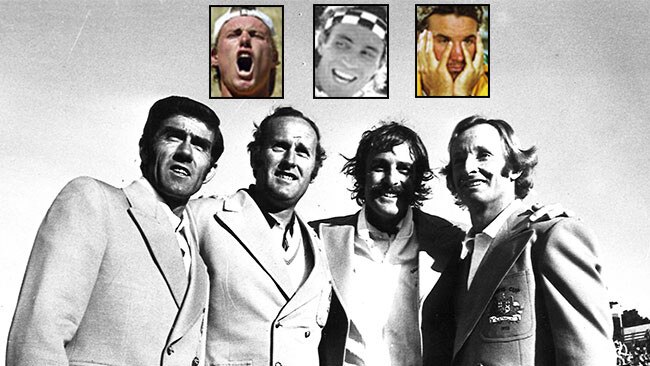
Barring a spirited fight, the Davis Cup as it has been played for over 118 years of enthralling competition is dead.
A competition revered by Australian players, a format that has given our legends their most prized moments in the sport, is on the cusp of radical changes that would rob it of its identity.
The International Tennis Federation has trumpeted changes to the Davis Cup as a “bold and ambitious plan” that will be a “complete game-changer” for the competition.
The mooted 25-year, $3 billion partnership with investment group Kombos must still win formal approval in August, but a complete game-changer it certainly is.
And put simply, it will put an end to the Davis Cup as it is known and as Australian players have always loved it.
It is entirely possible Australia, the second most successful nation in the competition’s history with 28 cups, hosted its last ever tie when beaten by Germany in Brisbane.
As dual-Davis Cup winner Pat Cash told The Australian today, the radical overhaul “is un-f**king-believable, and you can keep the expletive in”.
Pending approval, from next November the Davis Cup will be played over a single week in a neutral venue (the host nation aside).
A tie will constitute two singles rubbers and a doubles. A rubber will be played over the best-of-three sets.
And nations will compete, round-robin format, in three groups of six prior to a knockout stage for an event named The World Cup of Tennis Finals.
While changes have been mooted for the past couple of years, understandably the finalised concept has provoked significant discussion and angst and is more radical than initial discussions.
Some players, such as America’s former No. 1 Andy Roddick, have applauded the move, saying it will help revive the competition, but many are concerned it will strip the Davis Cup of the characteristics that made it great.
The home court advantage. Patriotic, bellowing fans.
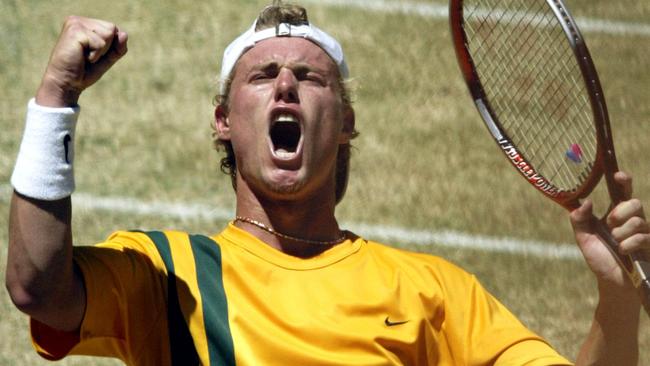
Classic encounters in which players left everything on court for their country over five sets. Examples of bravery where competitors overcame injury and the odds to prevail. Or were lifted to a new level by virtue of representing their nation.
There is no doubt that the competition needed tinkering amid concerns elite players picked and chose when to participate.
There are also understandable concerns about the cost of a competition that runs annually and covers the globe.
But the identity that made it such a revered competition cannot possibly be recreated under the proposed format.
Although Australia was beaten, a compelling tie in Brisbane this month showcased everything good about the competition.
Pat Rafter Arena was packed with patriotic, largely respectful fans (an isolated incident aside in which Alexander Zverev took offence to an insulting sign) who were raucous in their support of Australia but also applauded the excellence of the Germans.
The visiting nation made a point of acknowledging this.
Captain Lleyton Hewitt had steeped newcomer Alex de Minaur, who receiving his gold jacket from Rod Laver, in the traditions of Davis Cup.
In turn, he performed admirably in an enthralling clash against the 5th ranked Zverev, almost pulling off an incredible upset despite carrying an injured abdominal muscle for the latter two sets.
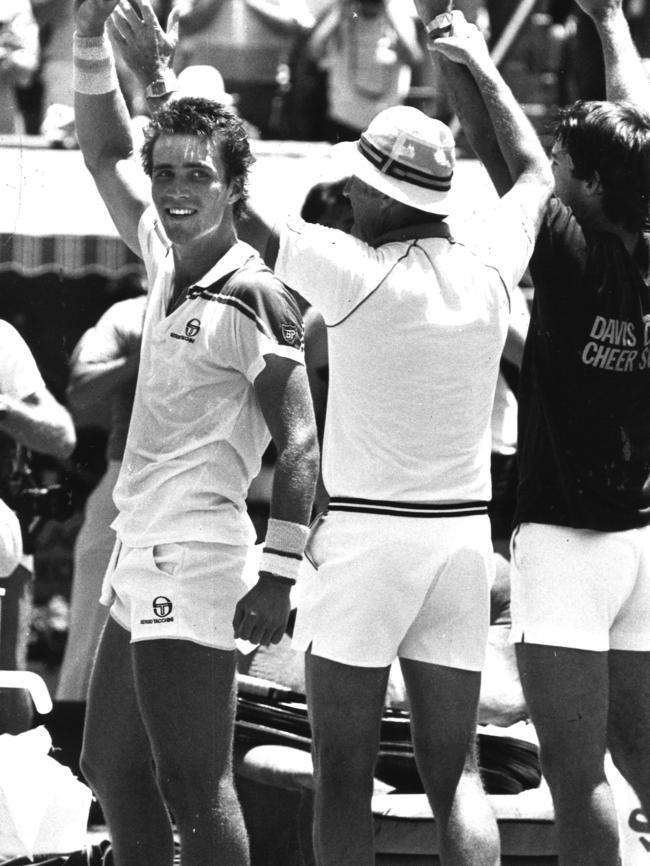
The doubles was tight and tough, with a significant price on every point.
The Germans triumph in five sets underlined why it is often the pivotal rubber in every tie, for it set them on the path to victory.
And while Nick Kyrgios receives criticism at times for his behaviour on court, his passion representing Australia over the past two years cannot be disputed.
He was shattered at not being able to produce his best against Zverev due to an elbow injury that has since forced him out of tournaments in the United States and Europe, but tried to find a way to keep the tie alive despite the problem.
And the atmosphere and passion on display in Brisbane occurs regularly at ties played in Europe and South American and is part of the reason Davis Cup finals are must-watch events for most tennis fans, regardless of the nationality of the combatants.
The point about star participation is a factor. Roger Federer and Stan Wawrinka, for example, play only sparingly, so too Rafael Nadal.
But it can be challenged. In the opening round of the World Group competition last month, only two of the top 20 players who were fit to compete opted against stepping out for their nation.
By confining the Davis Cup to a week, it is obvious the ITF is hoping every single star will compete.
But the timing of the competition in late November could make that challenging given players, some of whom complain about the length of the season as it is, are usually relaxing at that time, excepting those involved in the Davis Cup final.
There will be much discussion prior to the vote in August.
But it is to be hoped those tasked with deciding the future of the Davis Cup do not throw away the virtues of the current format simply because of a significant financial carrot.


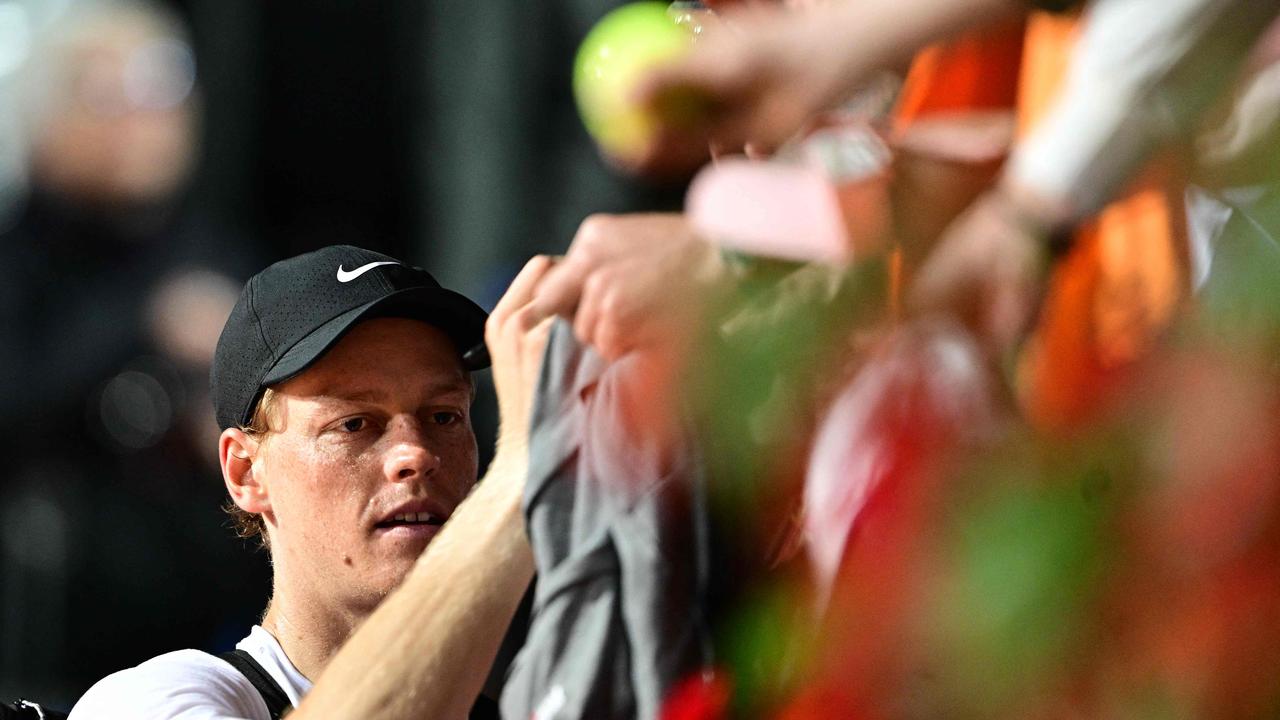
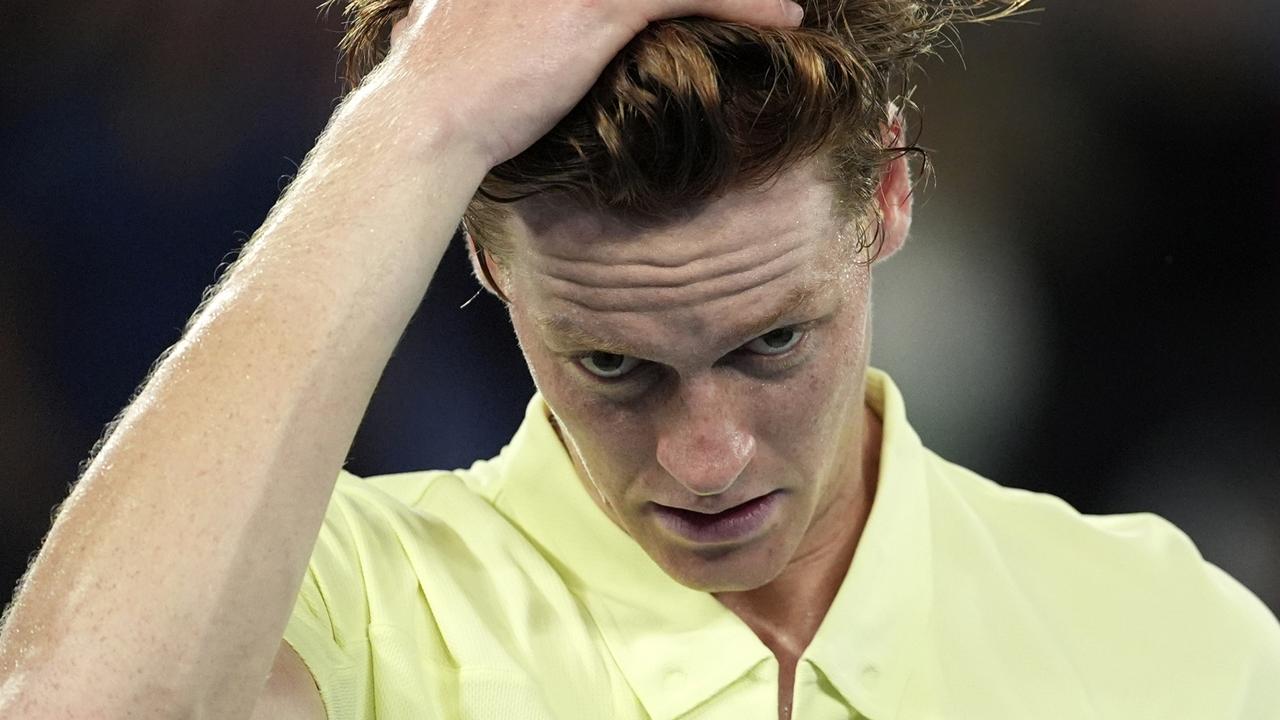
To join the conversation, please log in. Don't have an account? Register
Join the conversation, you are commenting as Logout